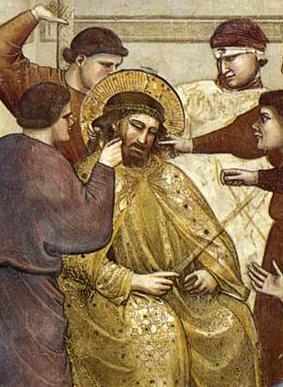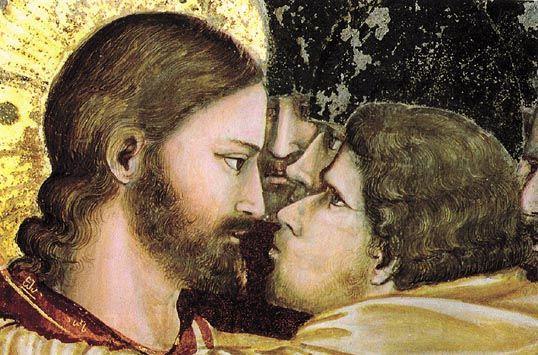Love and Fear in Christian Piety

According to Church teaching, love and fear of God are virtues. Since neither antagonism nor contradiction can exist among the virtues, love does not exclude fear and fear does not exclude love.
Furthermore, both of these virtues are essential for salvation. If we cannot envision a saint without love of God, likewise we cannot envision a saint without fear.
One could affirm that love is the higher virtue and that these virtues influence each soul in different degrees, according to its individuality and the economies of grace. However, disregarding one virtue under the pretext of stimulating another -- that is, maintaining silence regarding fear to develop love, or vice-versa -- usually inflicts irremediable damage on souls.
Now, there was a time when the profoundly balanced piety of the faithful held love and fear in proper perspective, whence both virtues were proportionately reflected in sermons, art, and religious literature. Later, however, Jansenism stressed the role of fear to the point of exaggeration and delirium. In reaction, saints, theologians and preachers pertinaciously stressed the role of love. As a result, many treasures of grace, of theological and pastoral wisdom, and of artistic beauty blossomed in the Holy Church because of Her most characteristic and best elements which we need not mention.
In this way, a wise and strategic maxim was applied: whenever one side of something is exaggerated, one must accentuate the other side.
Let us bring this principle into focus and see how to apply it today. Which one is being exaggerated? Love or fear? It seems modern man sins neither by excessive love nor fear. Much to the contrary, having forgotten God and having been impregnated with secularism, naturalism and indifferentism, he takes no account of God, neither loving Him nor fearing Him.
"Judas, dost thou betray the Son of Man with a kiss?"
Consequently, the solution to this complete lack of love and fear is to call men to God by attracting them to one and the other virtue. For fear also brings men to God: the fear of the Lord is the beginning of wisdom.
In this regard, religious art can be of much help. It is a marvelous means of demonstrating how Our Lord Jesus Christ should be loved and feared.
In the famous Arena Chapel at Padua, the immortal brush of Giotto left us this mocked Christ, an admirable representation of the patience of the Divine Master. His adorable face is barbarously wounded; sacrilegious hands pull His hair and beard; a crown of thorns, a derisive symbol of His royalty, is set upon His venerable forehead. But Jesus, with eyes lowered, seems neither to see His enemies nor to feel the enormity of the outrage, but rather feels a fathomless sadness. This is truly the gentle Savior Who suffers everything for our redemption with a meek and humble Heart.

"Judas, dost thou betray the Son of Man with a kiss?" Both faces were close to each other at the memorable moment of this infamous kiss and terrifying question. Giotto depicts this scene in another painting in the same chapel. With his low forehead, flabby flesh, grim look, vulgar nose, loathsomely soft and drooping lips, Judas reveals an inexpressible infamy in his whole being. Jesus--noble, infinitely superior, and possessing an ineffable moral loftiness--looks upon him with a gaze wherein a sparkle of love, rebuke, severity, and total repulsion can be found. Poor, miserable Judas, who did not want to open his soul to the love or fear which this gaze elicited and to which this doleful and pungent question invited him.
And, because his soul resisted every invitation to love and to fear, it sank from theft to deicide and from deicide to despair.
(*) This article was originally published in the magazine Catolicismo, Issue #53, May 1955. It has been translated and adapted for publication without the author's revision. –Ed.

